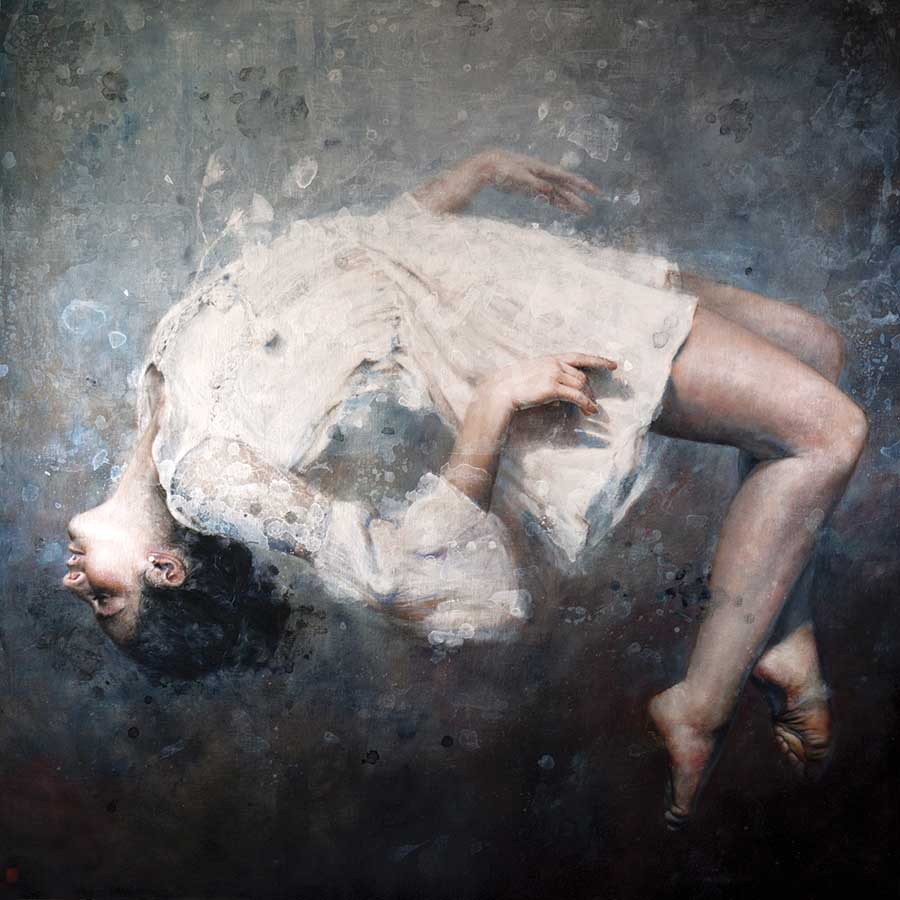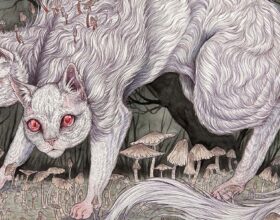The Quick Q & A editorial in Beautiful Bizarre Magazine is a much loved regular feature, in which we ask 6 artists the same 4 questions. In the September 2019 Issue 26, these were the Quick Q & A questions:
- What originally inspired your interest in creating art?
- Who are a couple of your favourite artists and why do they stand out?
- What is the strangest or most surprising response you’ve had to your artwork?
- Do you think art can help people connect to vital issues about our world?
We feel that the artists’ responses provide such a valuable insight for our community of artists that we wanted to share one Quick Q & A response from each issue with you, going forward. The September Issue 26 print issue is sold out, but you can download the digital magazine via our webstore to read more. To ensure you never miss an issue again, you can also subscribe to Beautiful Bizarre Magazine, and have each issue sent straight to your door each quarter.
Excerpt from Issue 26 // September 2019 Quick Q & A editorial: Eva Mai, Thomas Ascott, Juliette Clovis, Bronwyn Hill, Jenna Barton, and June Stratton respond to the below Quick Q & A:
What is the strangest or most surprising response you’ve had to your artwork?
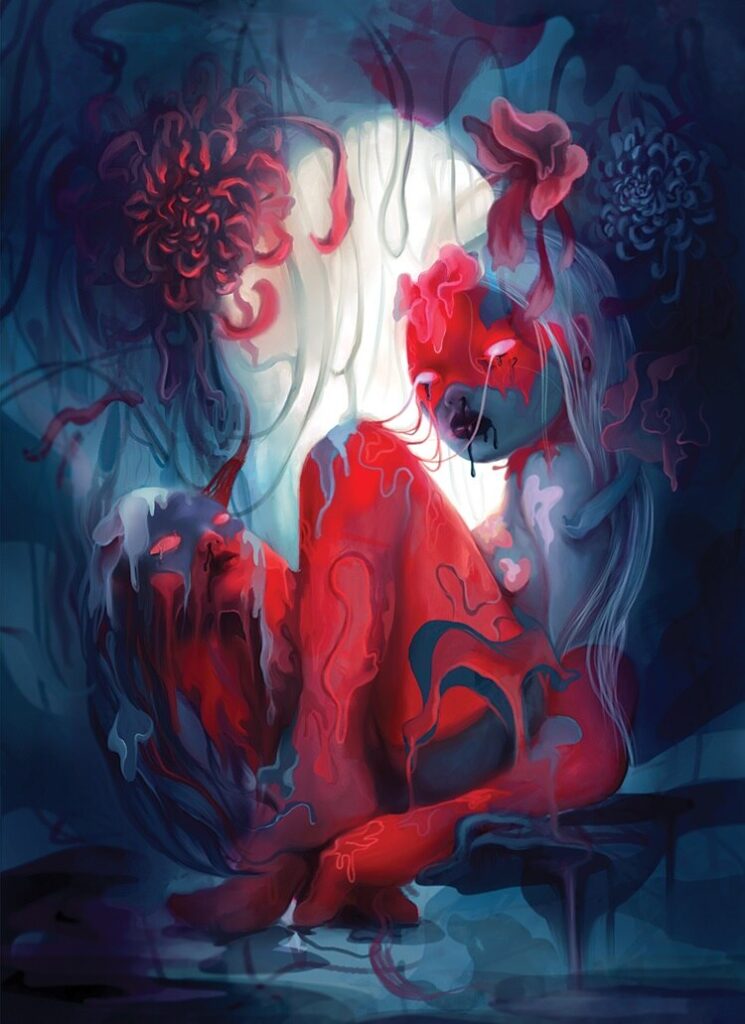
“This question brings to mind a conversation I had recently over drinks with a few friends. I was excitedly showing off some new postcards I had printed, and reveling in the fact that I’d finally found the confidence to share them with my peers. The feedback was quite conflicting, with one friend finding the work uncomfortable to look at, using words like ‘creepy’ and ‘gory’. Another friend piped up, saying that he actually found the image to be quite erotic. I thoroughly enjoyed that both interpretations were being expressed in tandem and that a single image could elicit such contrasting responses. It was an entertaining lesson in the capricious nature of individual perception and how little control we as artists have over it.”
“I am always surprised when people see things in my work that either I didn’t intend or didn’t realise I had put it in there until it is pointed out to me. There is a lot of symbolism and imagery on a variety of themes in my work, but in general I try not to overthink it beforehand, because I want to avoid making the themes too heavy handed or didactic. This allows some of the themes in my work be open to unexpected interpretation. I find it so touching when someone has a deep, personal connection to one of my pieces for reasons that I had not considered when I originally created a particular painting.”
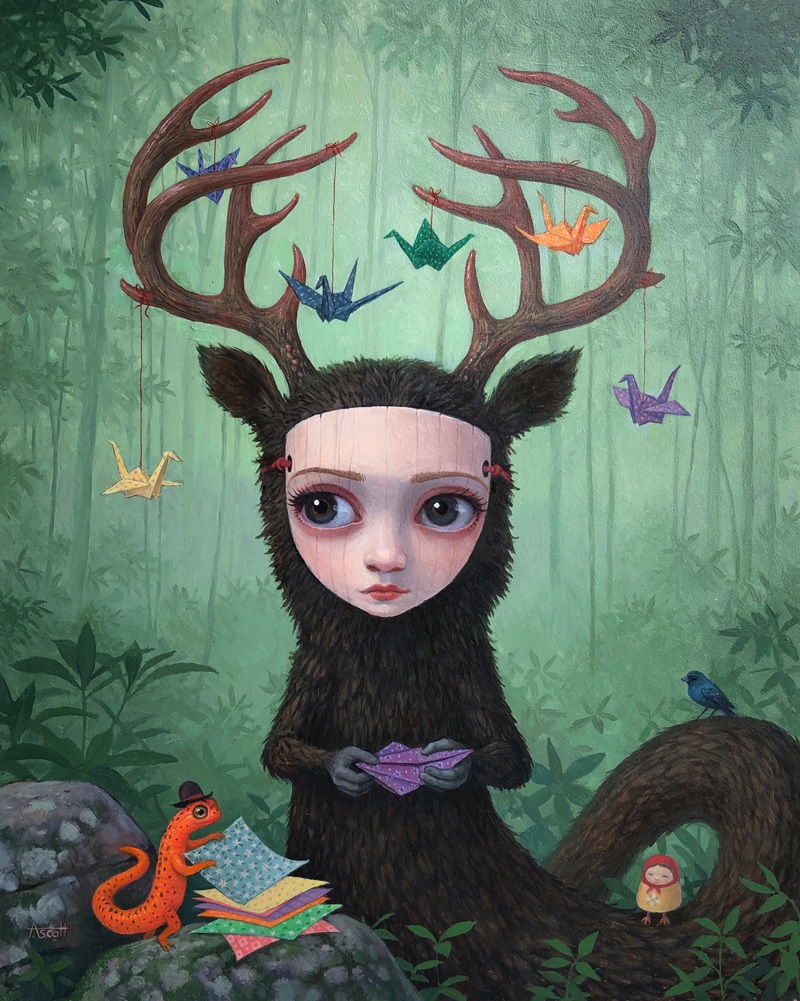
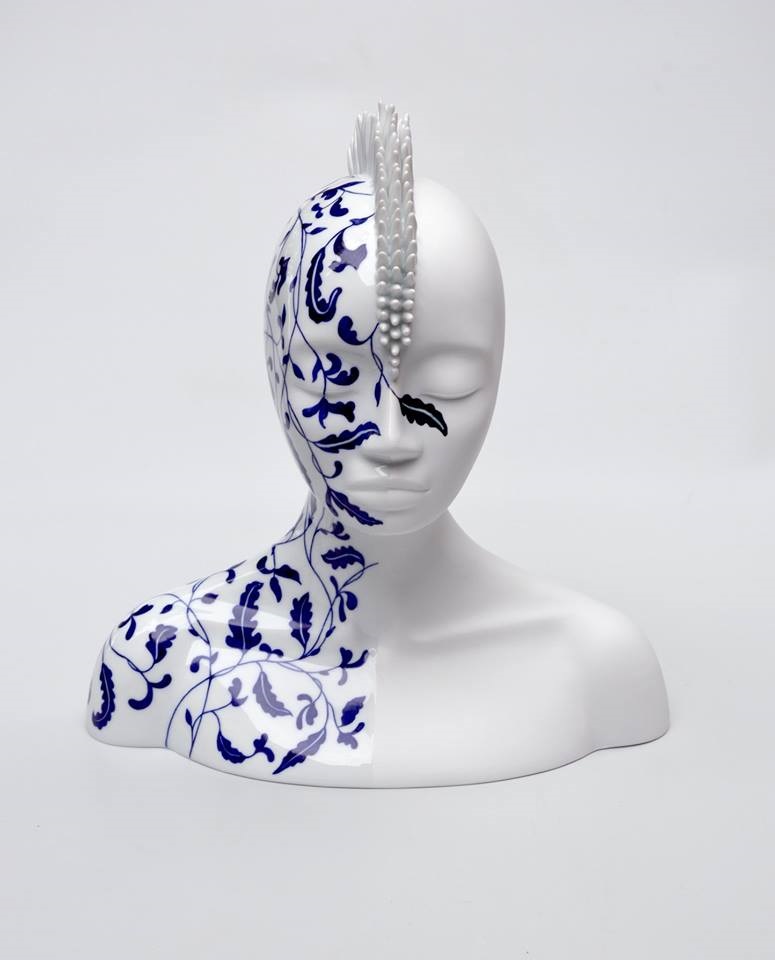
“It was during a solo exhibition where several of my porcelain busts were exhibited together.
Several people talked to me about my bust sculptures and told me how they preferred one facial expression over another. Even one of my gallerists had this reaction. This was very funny and very surprising, because actually all the expressions of the busts are the same! I made the model of my bust and then a mold so each bust comes from the same mold. Afterwards I create the world around the bust, sometimes with a bird invasion, sometimes with a bust metamorphosing into a blackthorn skin, sometimes with a dangerous jungle… making each bust look different, with a unique expression and feeling!”
“Most surprising was when I had a painting in a finalists’ exhibition and the gallery informed me that a woman came in to view the works and had a bit of a breakdown, and couldn’t be in the same room as my piece due to it bringing forth some kind of past traumatic memory. The painting was of a woman walking through a sunset-lit pine forest. It’s always interesting to hear how others respond to your work and that was definitely not a reaction I would have expected. Aside from that there are the general weird messages I imagine a lot of artists in this age of social media can relate to; the overenthusiastic or complete disapproval kind of messages.”
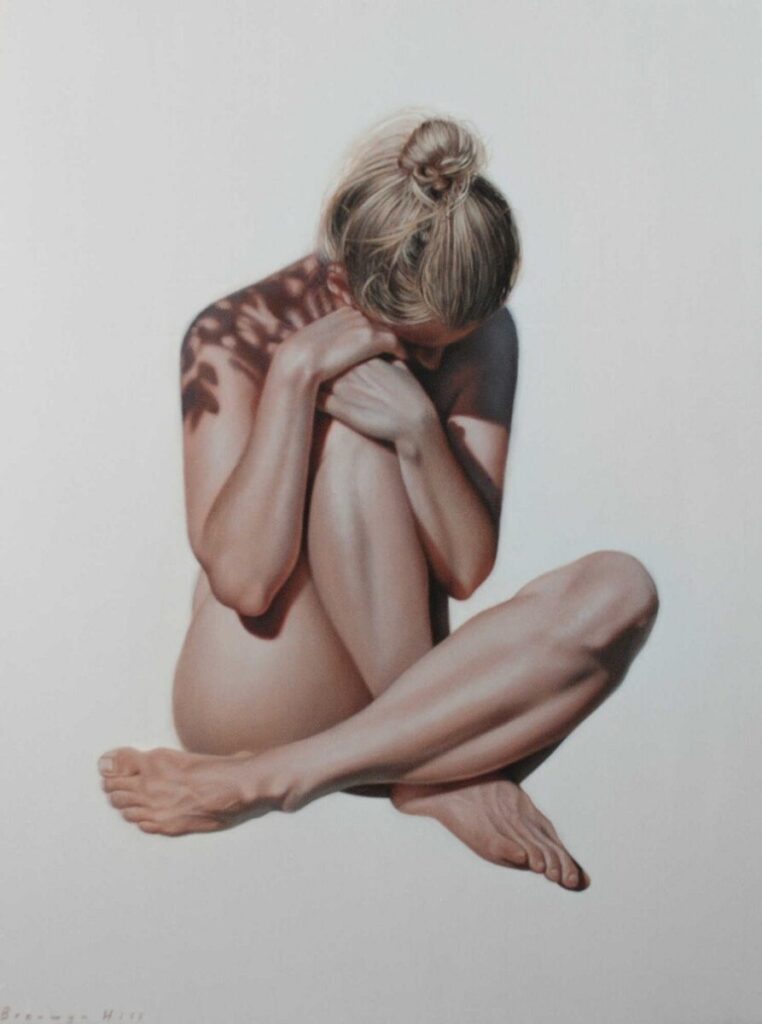

“I always worried that my artwork wouldn’t be meaningful to anyone besides me, but in putting my work out there I’ve been hugely surprised by the personal connection some people have felt toward it. Sometimes people insist they’ve seen my artwork in their dreams before, or that I’ve somehow illustrated a figure or place from some distant memory of theirs. It might just be a side effect of the kind of imagery I use. I love the out-of-place emotions and uncanny settings that pop up in dreams, and I always hope my drawings can evoke a similar feeling. Or it could be that I’ve been walking through other people’s dreams at night, a far less likely but much more exciting explanation.”
“I don’t know whether this qualifies as a strange reaction, but I have had people cry when they look at my work. I do try to paint my subjects with some kind of emotion, so perhaps that is what they are reacting to, and I take this as a great compliment. On the other hand I have had gallery visitors look at the prices of my work and say, “That June Stratton thinks a lot of herself…” not knowing I was the artist and standing right next to them. I have been painting professionally for thirty years and it still distresses me how much the general public can be so unappreciative and under-value art.”
